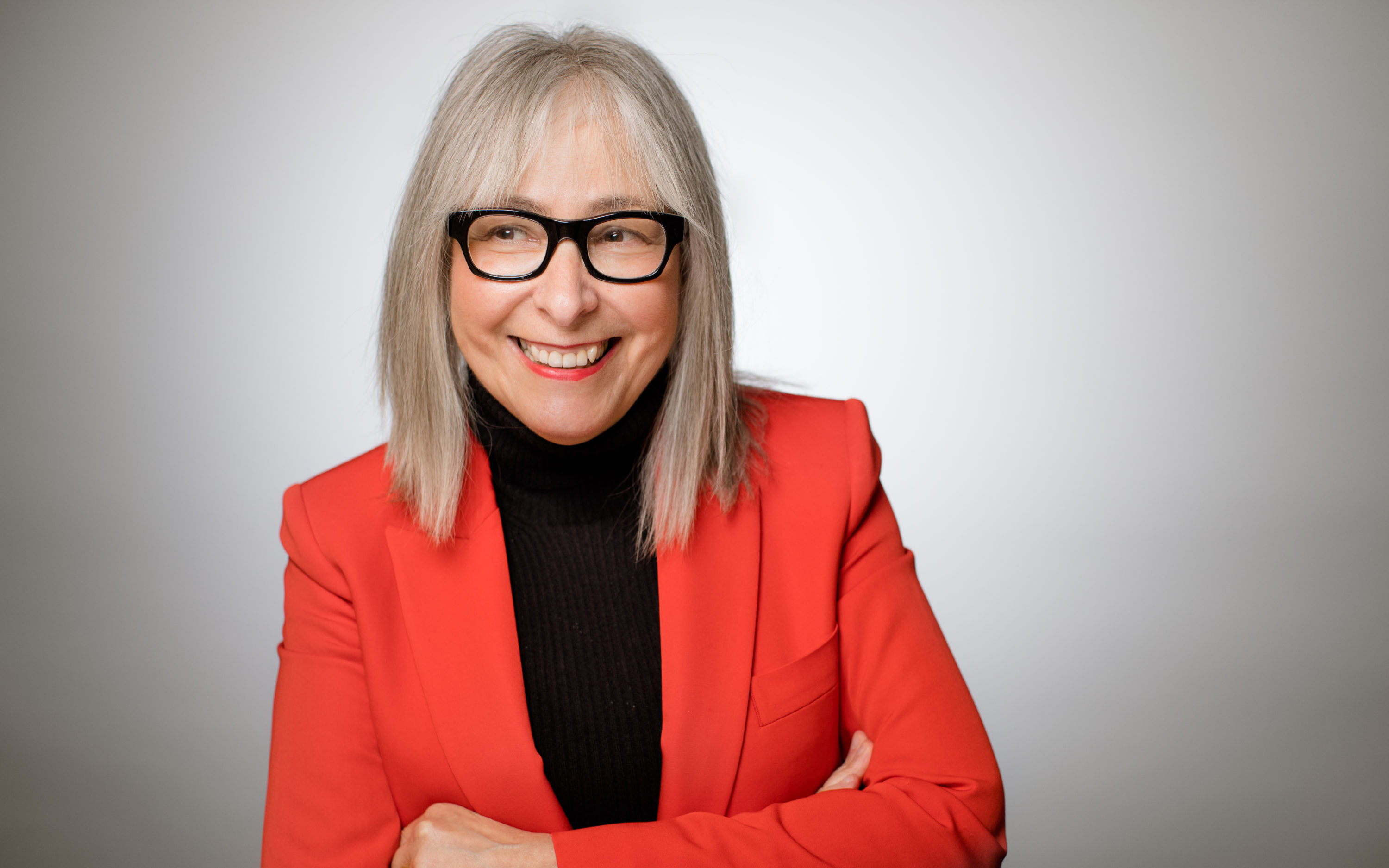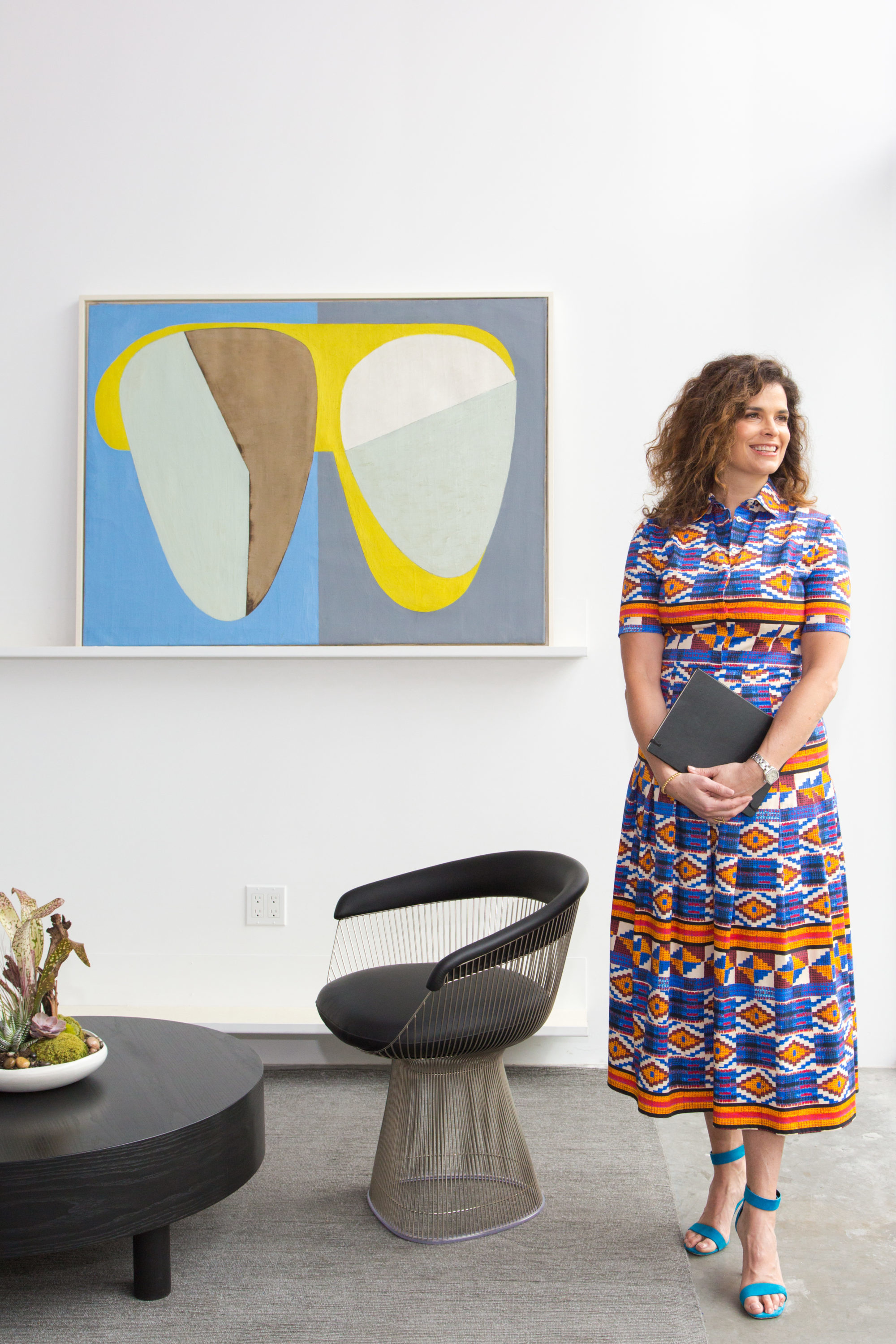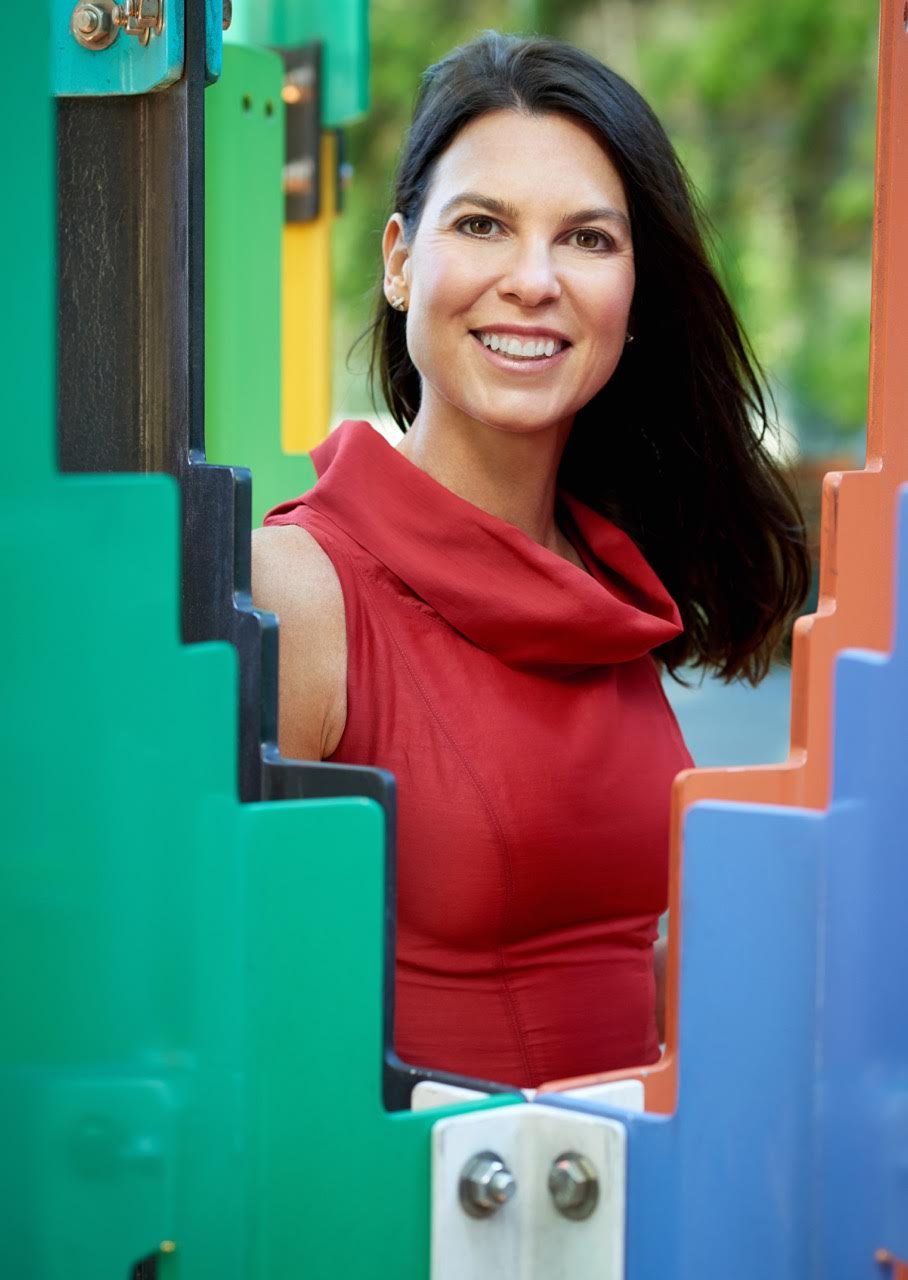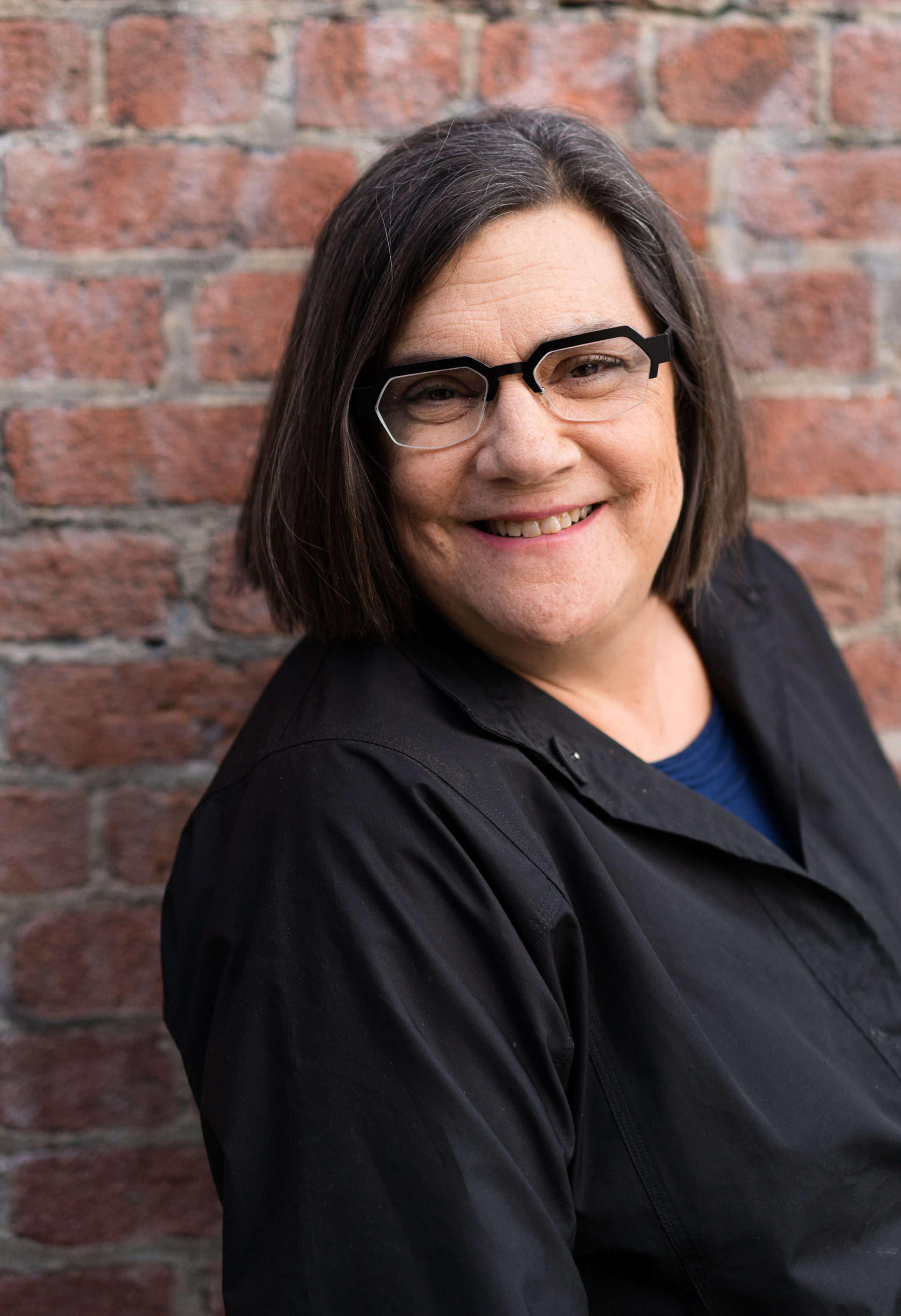“Women Impakters” is a series highlighting emerging women leaders in various fields throughout Silicon Valley and the San Francisco Bay Area. It is no secret that women are globally underrepresented, most notably in science and technology fields, but perhaps surprisingly, in other industries as well.
It is time we give these women a voice and a platform. By letting these women tell their stories, they can give us their insight into the life of a woman in the workforce. And in shifting the narrative away from the major newslines and bringing the spotlight to the individual, we hope to shed light on the unsung women who are literally working in the face of adversity. The women we feature on this series are defining their own successes and making impacts in their own way. Read their stories in their own words about where these inspiring women came from and how they got where they are today. The focus on this edition of “Women Impakters” is women in art.
“Have a north star and follow it.”
— Lori Starr, The Contemporary Jewish Museum
 PHOTO CREDIT: GARY SEXTON PHOTOGRAPHY
PHOTO CREDIT: GARY SEXTON PHOTOGRAPHY
Determination. “I’m the Executive Director of The Contemporary Jewish Museum. [As a woman,] I bring determination and a big picture perspective.”
Education. “Going to the Museum of Modern Art when I was very young and having teachers who recognized and nurtured my talent. …Focus on your education, get an MA or Ph.D, decide what kind of museum you want to work in as a career and go for it. Start by getting internships and fellowships and work your way up. It’s incredibly competitive so research it carefully. It may not be for you.”
Definition. “Women’s rights are human rights and all fields benefit from a diverse workforce, not only defined by gender but by many things. Don’t let other people define you.”
Discrimination. “I’ve overcome gender discrimination every day. I try to rise above it and not let it get in my way. I’ve had two children while pursuing my career and each time the employer treated me as if I wouldn’t be coming back after maternity leave. I showed them!”
Passion. “The best part of being a woman leader in my field is that I can set an example for young women to pursue their passion professionally. Be tough and don’t be deterred. Have a north star and follow it.”
Election. “Like many I am very worried about the state of affairs in the U.S. and globally. I’m devoting what time I have to helping get out the vote for the November elections. It’s critical that we participate in democracy and elect leaders we can trust to work in our best interests.”
“I have never let [discrimination] inform how I work.”
— Wendi Norris, Gallery Wendi Norris
 PHOTO CREDIT: GALLERY WENDI NORRIS, SAN FRANCISCO
PHOTO CREDIT: GALLERY WENDI NORRIS, SAN FRANCISCO
Formation. “Random Fact: I had an opportunity to work with Nelson Mandela in my formative 20s in Washington, DC. We spoke a lot about gardening in between addressing how to encourage more economic investment in South Africa. I still recall the smell of his cologne on my hands after we would shake my hand. I carry one of Mandela’s quotes with me every day.”
Diversification. “Advice to women pursuing this field: Many women come to the art industry with a degree in art history or curatorial studies. It is imperative, in these increasingly complex global times, to have a basic understanding of business. Sound communication skills, basic business principles, budgeting, logistics and marketing are all paramount to success–whether you work in a museum, a gallery, run an artist’s studio or a non-profit. I see so many young graduates from amazing schools with so few applicable skills.”
Perception. “I have never experienced outright discrimination in my work life but I imagine it came in many forms. I have never let it inform how I work. I have always viewed myself as being as good as or better than any of my male counterparts. Through innate leadership skills, a lot of hard work and a few lucky breaks, I have broken the barriers for women in several areas of my life, [such] as the first female high school president in Ohio to being the highest paid recruit out of my MBA program that was comprised of 75% men. I have also broken down many economic and representational barriers for female and other underrepresented artists. To be clear, I have never sought to break any of these in the name of women but simply as a goal for myself, a person who is inherently goal oriented.”
“Don’t sell yourself short.”
— Dorka Keehn, KEEHN ON ART
 PHOTO CREDIT: KEEHN ON ART
PHOTO CREDIT: KEEHN ON ART
Intersection. “My background is actually in politics. But after I made a film, I realized that art is another way of affecting change. I then became a public artist to let others experience art in their community, after which I started an arts consulting company specifically for public art. Art has impact on its community, its people, and its neighborhood; and I wanted to really bring that impact out. I strongly believe that art is an economic driver.”
Collaboration. “What’s great about women is that we collaborate. When you get other women around you, you all can have greater impact, and it’s fun working with other people. In fact, collaboration led me to co-found Emerge America, an organization that finds Democratic women who should run for office and get them into our training programs to help win elections and increase the representation of women in our government.”
Connection. “If I had to say something to myself when I was younger, I’d say to not worry so much whether you understand how different work you’re doing connects. Because when I went from politics to art, I was concerned I wasted a lot of time in one arena moving to another, but I realized my politics background actually helped with my art.”
Negotiation. “Also, one of the reasons – not only the main reason – women don’t get paid as much is that we don’t negotiate because we don’t value our self-worth accurately. I see so many women getting underpaid for their work because they don’t try to negotiate the payment. I always try to negotiate my pay; sometimes it ends up with me losing that job, but if it’s a job won’t pay me what I’m worth, then it wasn’t really worth it. Just move onto the next opportunity. Don’t sell yourself short.”
“Conversations tend to be more freewheeling.”
— Deborah Rappaport, Minnesota Street Project
 PHOTO CREDIT: MINNESOTA STREET PROJECT
PHOTO CREDIT: MINNESOTA STREET PROJECT
Conversation. “The Minnesota Street Project has depended on a collaborative spirit from the very beginning. Having other women working with me and helping me think through some of the challenges was invaluable. Women collaborate with other women in a different way from how we collaborate with men. Conversations tend to be more freewheeling. For instance, the spark of the idea for the Project came over wine with my husband Andy and Catharine Clark, a San Francisco gallery owner and one of my closest friends. We started with the question, ‘What can we do about galleries, artists, and nonprofits losing their spaces.’ Andy’s expertise in finance and real estate was crucial, and Catharine and my expertise and closeness, and our ability to build on each other’s ideas made the whole idea stronger. After we batted it around for a while, the basic structure of MSP was defined. When I was talking to gallery owners about moving to our new building, which didn’t exist yet, the first one to sign up was Trish Bransten of Rena Bransten Gallery, a long time gallerist and leader in the Bay Area arts world. Her faith in the Project, and her role as a leader in the arts, which expands on a family legacy of women leaders, was instrumental in making others more comfortable with the idea.”
Inspiration. “I grew up in the Boston area. When I was in middle school in the early 70s, Sister Corita Kent was commissioned to paint three large gas holding tanks on the waterfront in her signature drip style. When they were finished, it was clear that one of the drips was a profile of Ho Chi Min. Since this was in the middle of the war in Vietnam, and Ho Chi Min was considered an enemy, there was some controversy at the time. That was when I realized that art was more than aesthetic in purpose. Art could have a social purpose and it could lead people to consider different perspectives. Those oil tanks are still influencing me in terms of how I look at and collect art.”
Representation. “The world is made up of equal parts men and women, so equal representation in all fields matters if we are going to come up with ideas and solutions that work for everyone whether for equal pay, equal opportunities, equal access to health care. It’s important to have women’s voices and experiences in every room where decisions are being made.
I had a mother who broke some glass ceilings in political consulting in the 1970s who was a role model for me. I have three daughters, for whom I think I’ve been a role model, who are each taking leadership positions in their careers: the law, education, and tech. The only way representation will become equal is for women who have achieved success to be role models and beacons for women and girls coming up behind them.”
—



 PHOTO CREDIT: GARY SEXTON PHOTOGRAPHY
PHOTO CREDIT: GARY SEXTON PHOTOGRAPHY PHOTO CREDIT: GALLERY WENDI NORRIS, SAN FRANCISCO
PHOTO CREDIT: GALLERY WENDI NORRIS, SAN FRANCISCO PHOTO CREDIT:
PHOTO CREDIT: 







